
14 Science Fair Projects for Kids: Easy Guidelines to Fun Science Fair Ideas
Welcome to this big page on science fair projects for kids where you'll find lots of inspiration, tips and guidelines to help your child do some great kids science fair projects.
The fact that your kids can get their hands dirty with these real science 4 kids projects is what will help them to learn. After all, practical experimentation and making it fun is what helped you to learn back in the days, right?
Making Science Fun
So how do you make these science fair projects for kids as fun as
possible?
Here are some general things you can do to make it
fun:
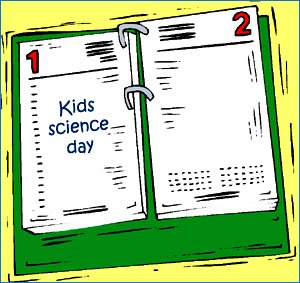 1) Have a Science Day Once every Month or Two
1) Have a Science Day Once every Month or Two
It may seem silly, but doing a whole day dedicated to science can
actually make it much more fun for your kids.
Try doing it
at least once every month or two, and you may find that your kids
will come to love it.
You can spend the day at a museum,
work on science projects together, or read some of the many fun
science articles for kids you can find online.
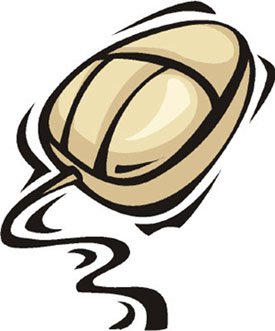 2) Play Science Games Online
2) Play Science Games Online
Science games can be found online or in stores,
and you will find that these games can actually make science much
more fun. (For instance, my son is really into dinosaurs at the
moment, so we spent half an hour the other day testing his dinosaur
knowledge in online quizzes and games.)
You can make a
challenge out of learning the material in the games, and you can
test yourself to see who will become the better scientist by
learning everything first.
3) Variety is the Spice
Don't just have them do their homework and learn their science stuff
on their own, but do things to make it fun.
If they have to
do science fair projects, help them do it and turn it into a game.
Add as much variety as you can to ensure that they enjoy learning,
and you will find that your children are well on their way to
becoming scientists.
4) Study About It
There are all kinds of amazing science articles for kids, science
games for kids, and science videos for kids that you can find.
These different forms of education and entertainment will give
your kids a wide variety of science input, thereby making it much
more fun for them to learn about science.
Don't be stuck on
just one thing, but find ways to make science fun for your kids if
you really want them to learn!
14 Great Ideas for Science Fair Projects for Kids
So, let's get down to the actual science fair projects for kids …
1) Gravity Projects: The Spinning Ball Experiment
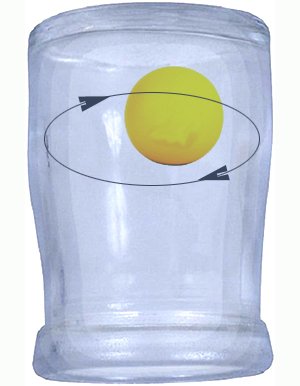 If your child has to study on the effects of gravity, why not try
the Spinning Ball experiment as the science fair project of choice?
If your child has to study on the effects of gravity, why not try
the Spinning Ball experiment as the science fair project of choice?
Step 1: Set a ball on the table, and place a
jar that is larger than the ball over it.
Step 2:
Spin the jar in a circular motion, and see how the ball spins
upwards towards the bottom of the jar.
Step 3:
As the ball spins, lift the jar from the table. See how the ball
stays in the jar until it has slowed down and falls.
The quick theory behind this one of science fair projects for kids:
The reason this works is that the gravitational force
on the spinning ball is pulling it towards the sides of the jar, and
the force is stronger than the one pulling it down.
Only
once the force pulling it outwards is weaker than the forces pulling
it downwards will the ball fall out of the jar.
2) Absorption: The Bouncy Egg Experiment
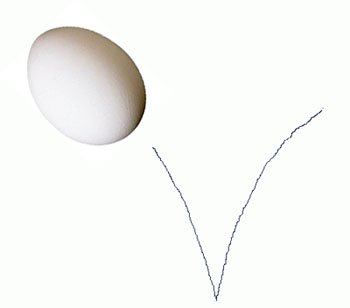 If your child needs to learn about how substances being absorbed
into other substances will change the original substance, the Bouncy
Egg experiment is one of the most fun:
If your child needs to learn about how substances being absorbed
into other substances will change the original substance, the Bouncy
Egg experiment is one of the most fun:
Step 1:
Cook a raw egg until you are certain that it is thoroughly boiled,
and drain the water and let it cool.
Step 2:
Place the egg into a glass jar, and fill the jar with vinegar before
tightly screwing the lid on the jar.
Step 3:
Let the egg sit in the vinegar for no less than a week.
Step 4: After a week, drain the vinegar, rinse the
egg with water, and dry the egg before bouncing it gently on the
ground.
How does this fun example of science fair
project for kids work?
The vinegar is a strong acid
that causes the egg shell around the egg to be dissolved, and it is
absorbed into the egg itself to make it a bouncy thing.
You
can bounce the egg from a short height without breaking it, but do
it gently to make the egg last as long as possible.
3) Light Bending: The Rising Coin Experiment
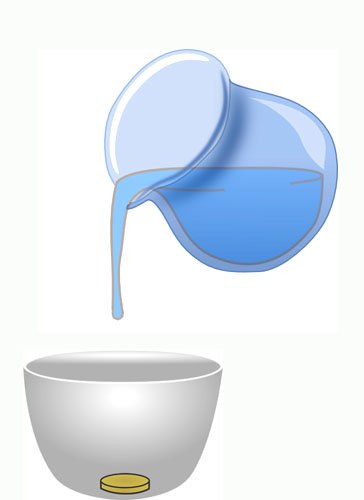 For those children that need to prove how water causes light rays to
bend, try the Rising Coin experiment for a great science fair
project:
For those children that need to prove how water causes light rays to
bend, try the Rising Coin experiment for a great science fair
project:
Step 1: Stick a piece of chewing
gum or a blu-tack to a coin, directly in the center.
Step 2: Put the coin in the center of a bowl, and pour a
small amount of water in the bowl.
Step 3:
Move away from the bowl until you cannot see the coin at all.
Step 4: Pour water into the bowl until the coin
begins to appear.
Step 5: Keep pouring water
in until the bowl is full and you can see much more of the coin.
How does this one of science fair ideas for kids work?
The empty bowl is full of air, which barely causes
the light to bend.
Water causes the light to bend much more,
meaning that you can see around the edge of the bowl as you add
water that bends the light.
4) Mixing and Solutions: Three Layer Float
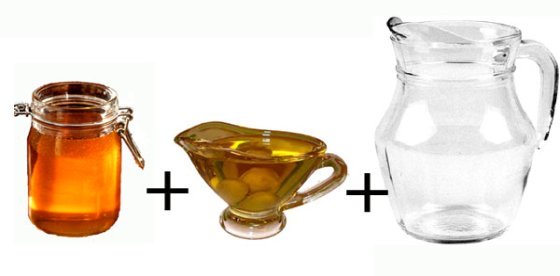 Does your child need to do an experiment to determine which
ingredients mix well and which do not?
Does your child need to do an experiment to determine which
ingredients mix well and which do not?
Here is a nifty
experiment called the Three Layer Float that your child can do for
his or her science fair:
Step 1: Pour honey
into a cup until it is 1/3rd full.
Step 2:
Pour oil into the cup into it is 2/3rds full.
Step 3:
Pour water into the cup until it is completely full.
Step 4: See how the three layers do not mix and remain
separate.
The reason this example of science fair projects
for kids works is due to the different densities of the honey, oil,
and water.
Oil doesn't mix with either honey or water, and
honey is denser than both liquids. With the layer of oil between the
honey and water, it will never mix.
5) Electricity: The Rising Tissue Experiment
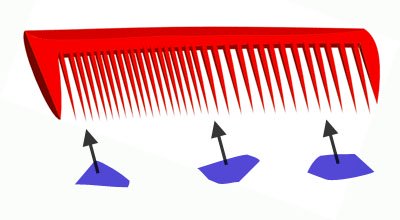 Want to learn how to generate electricity for your kid's science
fair project?
Want to learn how to generate electricity for your kid's science
fair project?
Here is a nifty experiment called the Rising
Tissue experiment to help him or her learn:
Step 1:
Use sharp scissors carefully to cut tissue into smaller pieces.
Step 2: Rub a comb against a woolen sweater or
comb it through your hair 20 times to charge it with static
electricity.
Step 3: Place the comb above
the tissue paper pieces and see how they rise to stick to the comb.
The quick explanation behind this example of science
fair projects for kids:
The friction between your
hair and the comb or the sweater and the comb causes it to be
charged with electricity, which in turn attracts the pieces of
tissue paper.
6) Colors: The Magic Color Breakdown Experiment
 This is a nifty experiment that you can do to break down the colors,
and the Magic Color Breakdown experiment will help your child to
learn all about the colors of the spectrum:
This is a nifty experiment that you can do to break down the colors,
and the Magic Color Breakdown experiment will help your child to
learn all about the colors of the spectrum:
Step 1:
Use 6 different colored markers to draw small colored dots on a
piece of blotting paper. Make sure the dots are spaced evenly apart.
Step 2: Put the piece of blotting paper on the
side of a casserole tray, and pour water into the tray until it
reaches the levels of the dots.
Step 3: Let
the water be absorbed into your piece of blotting paper, and watch
what happens to the colors of the markers.
How does
this one of science fair projects for kids work?
You
will find that the colored ink of the markers will actually travel
upwards as it is absorbed into the paper, and it will break down
into the primary colors used to make the specific colors.
This chromatography separates the colors of ink and shows you the
mixture used to achieve the specific color.
7) Heat: Chocolate Leaves Experiment
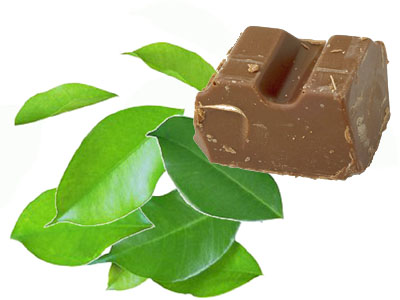 If your child needs to work with heat for his or her science fair
projects, Chocolate Leaves can be a fun experiment for them to do:
If your child needs to work with heat for his or her science fair
projects, Chocolate Leaves can be a fun experiment for them to do:
Step 1: Gather some fresh leaves from your
garden (any kind of leaf will do), and wash them carefully.
Step 2: Place the leaves into a shallow bowl, and
pour enough hot water into the bowl to cover the leaves.
Step 3: Place a piece of chocolate onto the leaves,
and watch as they are melted by the heat of the water.
Step 4: Remove the chocolate covered leaves from
the bowl, and see how they stiffen and harden as the cooling causes
the chocolate to return to its hard state again.
The effects
of the heat will cause the chocolate to become soft and transform
into a liquid, but cooling liquid chocolate will turn it back into a
delicious hardened substance.
8) Filtering
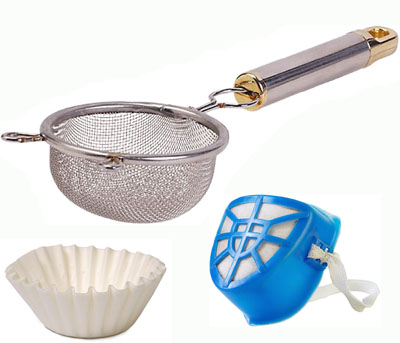 Many children are given the experiment to determine how filtering
works, and you can teach your child about filtering using this
simple experiment:
Many children are given the experiment to determine how filtering
works, and you can teach your child about filtering using this
simple experiment:
Step 1: Place ground
coffee into a coffee filter, and pour hot water through the filter.
Step 2: Place berries into a sieve, and run
cold water over the berries.
Step 3: Use a
rake to kick up dust (rake over dry ground), and wear a dust mask to
filter out the dust.
Step 4: Examine the
different types of filters to see which is most effective.
The purpose of this type of science fair projects for kids:
Each type of filter has a different size pore or hole
that allows different things through, and you can learn about
filtering just by seeing what kind of liquid or gas can pass through
filters of different sizes.
9) Gravity and Objects: The Dropping Orange Test
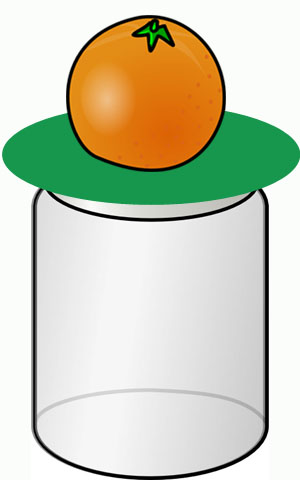 If your child needs to discover the effects of gravity on objects,
the Dropping Orange test is a good one to see how much effect
gravity can have on an object according to its size and weight.
If your child needs to discover the effects of gravity on objects,
the Dropping Orange test is a good one to see how much effect
gravity can have on an object according to its size and weight.
Step 1: Place a glass jar on the table, its
mouth upwards.
Step 2: Place a piece of thin
cardboard on top of the glass jar.
Step 3:
Place an orange on top of the cardboard (one small enough to fall
into the jar).
Step 4: Quickly yank away the
piece of cardboard and watch the orange fall into the jar.
Quick theory behind this one of science fair ideas for kids:
The reason this experiment works is because the force
of gravity pulling the object downwards is greater than the gravity
pulling the orange outwards.
If you yank the cardboard fast
enough, it doesn't create enough friction to pull the orange out.
The weight of the orange will pull it downwards rather than outwards.
Try experimenting with balls, lemons, matchboxes, and other
objects to see which will fall down rather than be drawn outwards.
10) Growing Plants Experiments
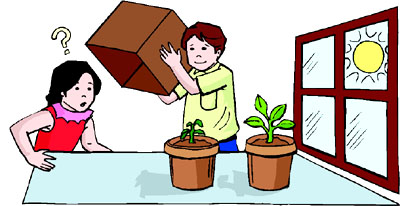 If your child has the assignment to grow a plant, you can try this
science fair project to determine what the best conditions for
growing plants are.
If your child has the assignment to grow a plant, you can try this
science fair project to determine what the best conditions for
growing plants are.
Step 1: Fill two little
plant pots with rich soil that is good for growing plants, and plant
the seed of your choice (try and find one that is easy to grow) in
the pot by making a little indentation with your thumb and dropping
the seed in it.
Step 2: Cover up the seeds
with the dirt, and place one of the seeds in a dark cupboard or
under a box without watering it.
Step 3: Add
water to the other plant pot, and place it out in sunny spot (choose
a place where there is lots of sun, but where it will get plenty of
shade as well).
Step 4: Come back to check
on the plants a couple of days later and see what the differences
are between the two pots.
Quick explanation behind
this one of fun science fair projects for kids:
Plants need both water and sunlight to grow, and you will find that
the plant that has spent time in the sun will be the one that will
have grown the most.
The one in the cupboard will not be
dried out by the sun, but it will only have the nutrients in the
soil to nourish it and help it grow.
11) Confusing Reflections Experiments
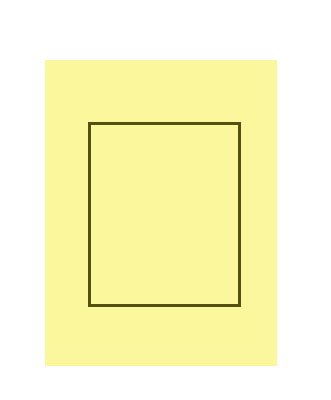 This is a simple project that you can do with your child in order to
see how mirrors reflect images and light:
This is a simple project that you can do with your child in order to
see how mirrors reflect images and light:
Step 1:
Draw a simple shape like a circle or square on a piece of paper.
Step 2: Stand in front of a mirror and hold the
piece of paper up to it, making sure the shape is facing the mirror.
Step 3: Use a pencil or pen to try and draw
on the shape, making sure only to look at the reflected image in the
mirror and not at the paper itself.
How does this one
of science fair projects for kids work?
The eyes use
a mirror system to reflect light and images, but it will become
slightly confused if another mirror is added.
You will find
that it will be quite difficult to draw on the piece of paper when
you control your movements by what you see in the mirror, and it
shows how your brain reacts when seeing objects that are reflected
in the mirror.
12) Color Blending Experiment
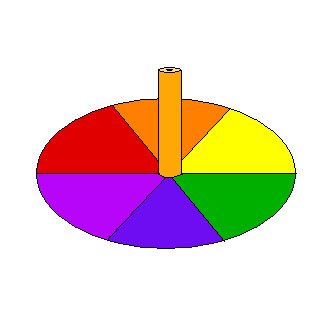 It is interesting how colors appear to blend together when they are
spinning quickly, as the eye can only process the colors at a
certain speed.
It is interesting how colors appear to blend together when they are
spinning quickly, as the eye can only process the colors at a
certain speed.
Use this example of science fair project
ideas to illustrate this to your children:
Step 1:
Cut a circle from a piece of white paper, making sure that it is as
round as possible.
Step 2: Divide the circle
into 6 equal pieces, and use colored pencils to color each section a
different color of the rainbow.
Step 3:
Insert a pencil into the middle of the circle where all the pieces
meet, and stick tape on the pencils to hold the circle in place.
Step 4: Spin the pencil to see the color whirl
together, and notice how the colors blend more when you whirl the
spinner faster.
Quick explanation behind this example
of science fair experiments for kids:
The light that
is bouncing off all the colors on the spinner is reflected normally,
but your brain is unable to process the light because it is spinning
too fast.
You will notice that it is easier to see when the
spinner whirls more slowly, as it allows the brain time to process
each color separately.
13) Magnets: Finding the Magnetic North Pole
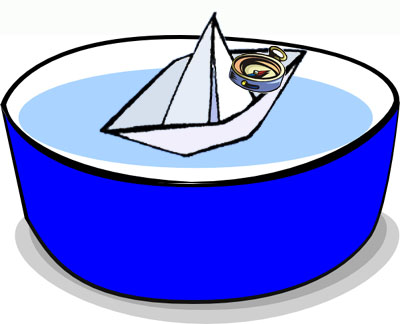 Did you know that the north pole of a magnet will always point to
the magnetic North Pole?
Did you know that the north pole of a magnet will always point to
the magnetic North Pole?
This simple one of science fair
projects for kids can show you how the north poles will be attracted
to the Earth's magnetic north:
Step 1: Fill
a small bowl almost to the brim with water.
Step 2:
Make a small paper boat or float a piece of paper on top of the
water.
Step 3: Place a needle magnet on the
piece of paper, and watch as the magnet spins the paper until it is
pointing directly to the north.
Step 4: Try
with a different magnet, and you will see that it has the same
effect.
No matter how many magnets you try, they will all
point directly to the north.
You can use a compass to check
which way is north, as the compass uses similar magnets.
No
matter how much the water in the bowl moves or drifts, the magnet
will always stay pointing directly at the North Pole.
14) Air Bubbles and Water
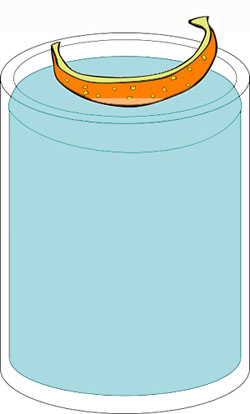 One of the most popular science fair projects for kids is figuring
out how air bubbles cause things to float, and you can use a simple
lemon peel to help your child learn about it:
One of the most popular science fair projects for kids is figuring
out how air bubbles cause things to float, and you can use a simple
lemon peel to help your child learn about it:
Step 1:
Peel a lemon or an orange, and cut the peel into the shape of your
choice.
Step 2: Fill a jar almost all the
way to the brim with water, and place the lemon peel to float on top
of the water.
Step 3: Stretch a balloon over
the top of the jar until it is airtight.
Step 4:
Press down on the balloon and see the diver (lemon or orange peel)
sink all the way to the bottom, and release the pressure on the jar
to bring the diver up to the surface of the water.
How does this one of science fair projects for kids work?
The lemon or orange peel has air bubbles in it, and it
is these pockets of air that keep the peel floating near the top of
the jar.
When you press down on the balloon, the air in the
jar is compressed, and the air in the lemon peel is also compressed.
The compression of the air bubbles cause the lemon peel to
sink to the bottom, but releasing the pressure on the balloon will
decompress the air in the jar and thus allow the air bubbles in the
lemon peel to make it float back up.
These science experiments for kids and science fair projects for
kids can be a lot of fun, and you will find that they will be great
at helping your children to learn about all kinds of scientific
principles.
Your Positive Parenting Ally,
Birgitte

Want to stay in touch and get the latest news?
Sign up
for my free newsletter
Parent Coaching
- For Inner Peace, Clarity and a Deeper Connection to Your Child
 Being a parent can feel like a double-edged sword. Life with kids may feel like the greatest gift you have ever received, while at the same being hugely challenging, often leaving you confused, stressed and overwhelmed.
Being a parent can feel like a double-edged sword. Life with kids may feel like the greatest gift you have ever received, while at the same being hugely challenging, often leaving you confused, stressed and overwhelmed.
When we feel like this, we've lost touch with ourselves. We can't hear our own inner voice, and it's difficult to know what is 'right' for us and how to act.
I offer in-depth parent coaching to help you regain your balance and get back in touch with yourself. From a place of inner peace and clarity, your will find your own answers which will help you reconnect with your child from a place of unconditional love and acceptance.
Read more about my parent coaching here.
Where Would You Like to Go Next?
Fun Science Games and Experiments for Kids
 27 Learning Games for Kids A List of the Best Educational Games for Kids. |
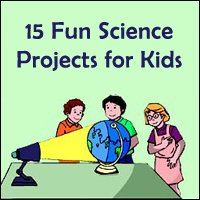 15 Fun Science Projects for Kids - Fun Learning Games at Home. |
 14 Fun Science Experiments for Kids: Guidelines for Kids Science Projects and Learning Games. |
 12 Fun Experiments for Kids: Easy Science Projects for Kids to Do at Home or in School. |
 36 Recommended Science Websites for Kids: Science Sites for Kids That Make Learning Fun. |
 Fun Facts about the Solar System for Kids and Fun Kids Astronomy Games. |
Fun Math Games for Kids
 Fun Multiplication Math Games and Educational Times Tables Activities for Kids. |
 Exciting Math for Kids 16 Fun Math Activities and Counting Games. |
 Educational Kids Math Games Cool Math Websites and Physical Fun Math Activities. |
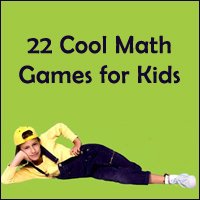 22 Cool Math Games for Kids Fun Math Activities with Multiplication, Addition and Subtraction. |
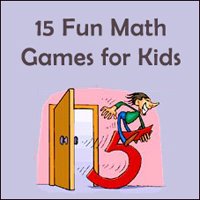 15 Fun Math Games for Kids: Turning Multiplication, Addition and Fraction into Fun Math Activities. |
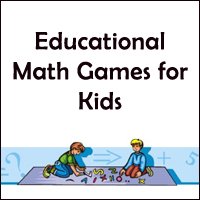 Cool Math Games for Kids and Fun Math Activities for All Ages. |
Back to the top of this page about 14 Science Fair Projects for Kids: Easy Guidelines to Fun Science Fair Ideas
Go to the Positive Parenting Ally Homepage







